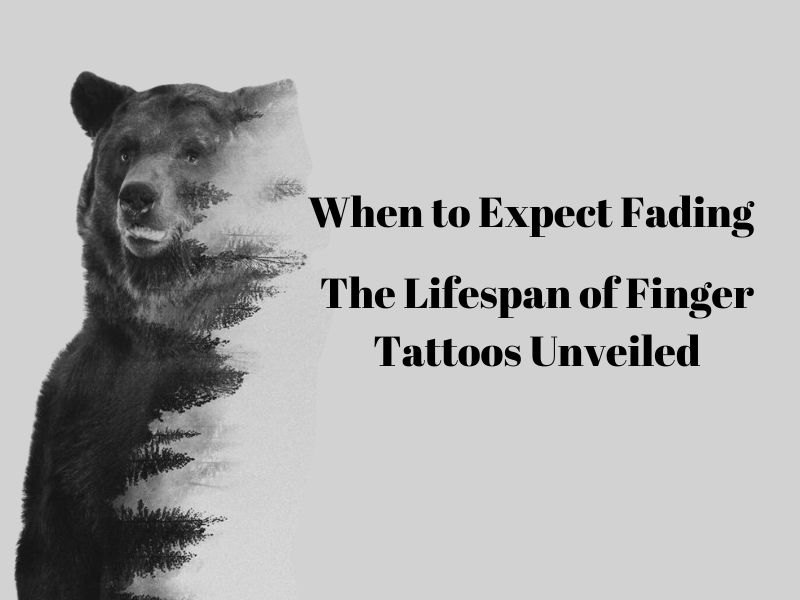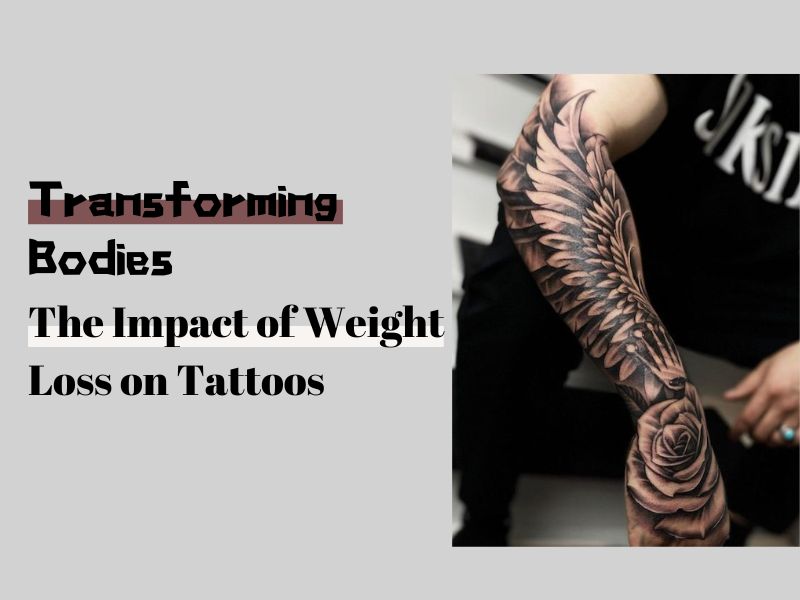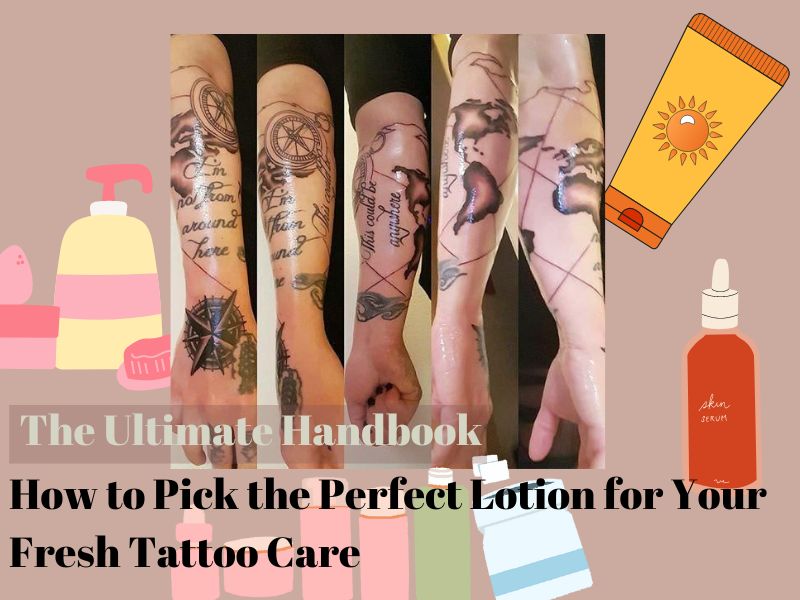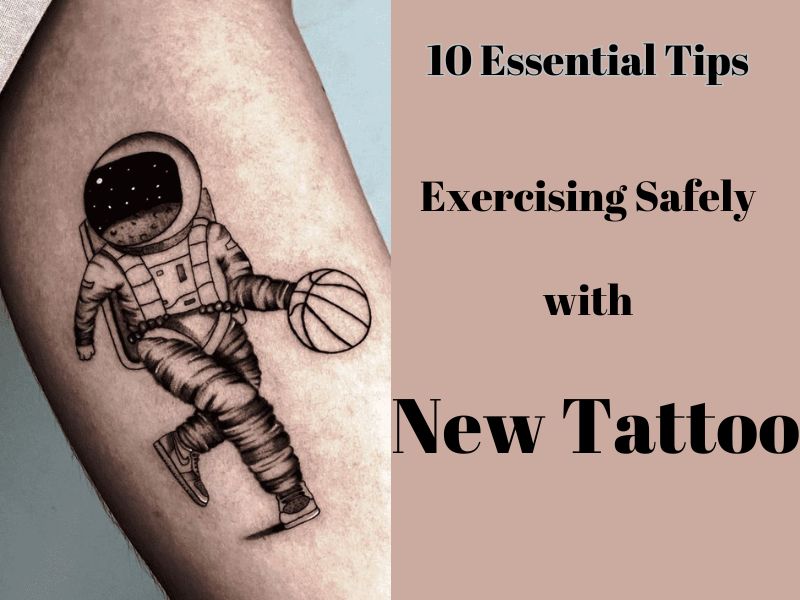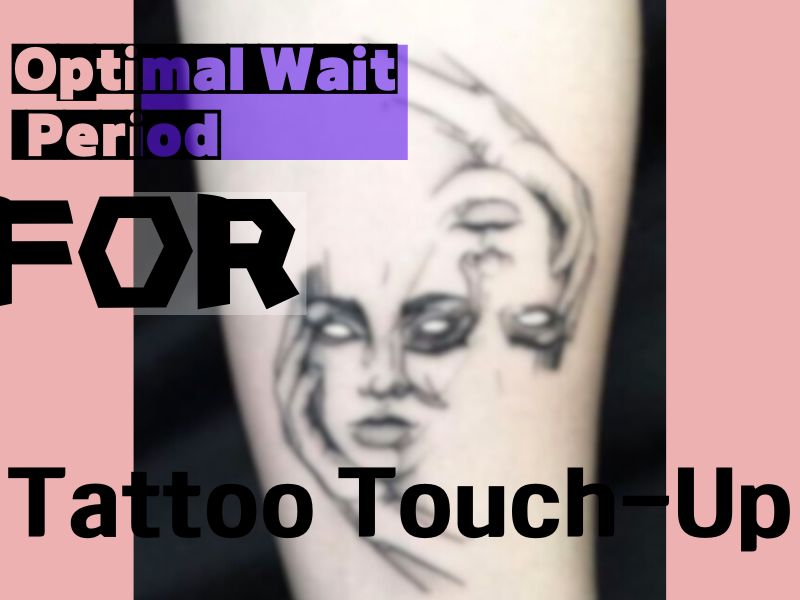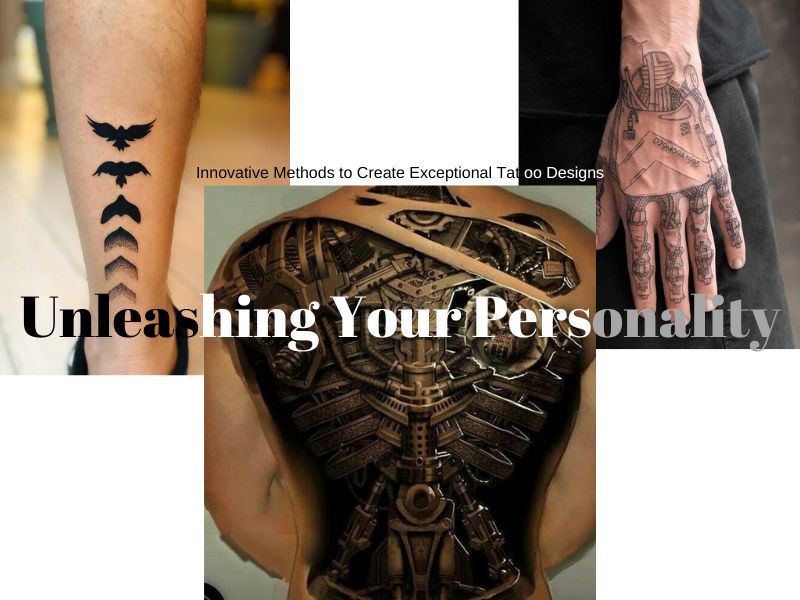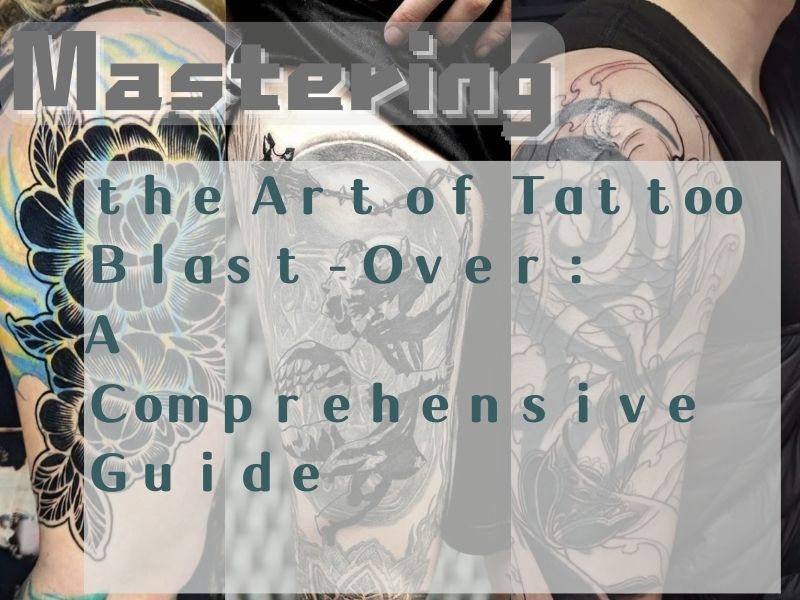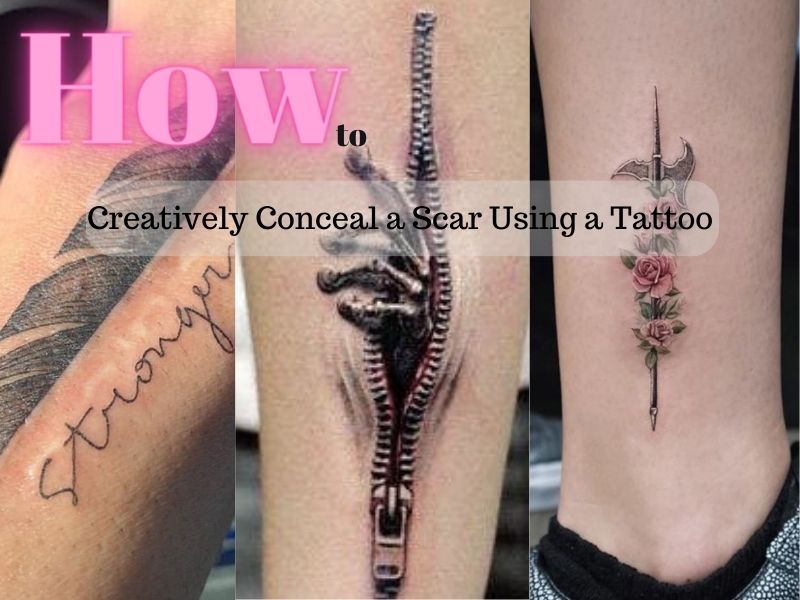Introduction
Let’s not forget the importance of treating a fresh tattoo with care, and this consideration becomes even more crucial when you’re eager to hit the gym, the track, or your yoga mat. A new tattoo is essentially an open wound that requires diligent attention to heal appropriately, just like any other skin injury. Now, combine this healing process with a sweaty workout, and you’ll understand why tattoo care is such a big deal. The sweaty environment of your workout routine ups the ante for potential challenges. Things like friction from clothing, excessive stretching of the skin, and the bacteria-laden atmosphere of some workout venues can complicate the healing process of your tattoo. This can lead to a heightened risk of infection, skin irritation, and even premature fading of your cherished ink. Therefore, a mindful approach towards working out post-inking can make all the difference in maintaining the vibrancy and health of your new piece of body art.
Tip 1: Wait it Out

Navigating the world of fitness with a fresh new tattoo might seem challenging, but it is indeed manageable with the right cautionary measures in the mix. A critical aspect to mull over is the suggested waiting period before delving back into your regular workout schedule. At the minimum, plan to wait at least 48 hours before you pick up those weights or dive back into your intense cardio sessions. This brief pause is to ensure that your skin gets sufficient time to initiate its healing process. It also helps to prevent premature skin pulling that might lead to impaired healing or distortion of your newly acquired body art.
This wait is not just about preserving the aesthetic appeal of your tattoo. It’s also about ensuring that the raw and sensitive skin isn’t exposed to sweat and bacteria, often inevitable companions of an intense workout cocktail. The 48-hour wait might seem an impediment to your fitness goals, but in the grand scheme of things, it is a small price to pay for a perfectly healed tattoo.
Also, bear in mind that this guidance holds true regardless of the creation process of your tattoo. Even if your tattoo design were computer-generated, say, from an AI Tattoo Generator, the guidelines for resuming physical activities post-tattoo remain unchanged. Your skin has to heal, no matter what. That said, the waiting period might vary based on individual skin type and the advice provided by your tattoo artist. Always remember, your body’s well-being is paramount!
Tip 2: Cleanliness is Key

Your new tattoo is essentially an open wound that invites bacteria, particularly in populated gym environments. Deck yourself out in loose-fitting workout attire covering your ink, limiting its exposure to germ-ridden equipment. But remember, dressing suitably isn’t the entire battle; it’s only part of a larger hygiene protocol for your tattoo.
Maintaining clean tattoo practices pre and post workout is non-negotiable; cleanse your tattoo using unscented soap after each fitness session. This ritual removes any accumulated grit and sweat, and forestalls potential infections, keeping your tattoo bright and your skin clear.
Tip 3: Dress for Success
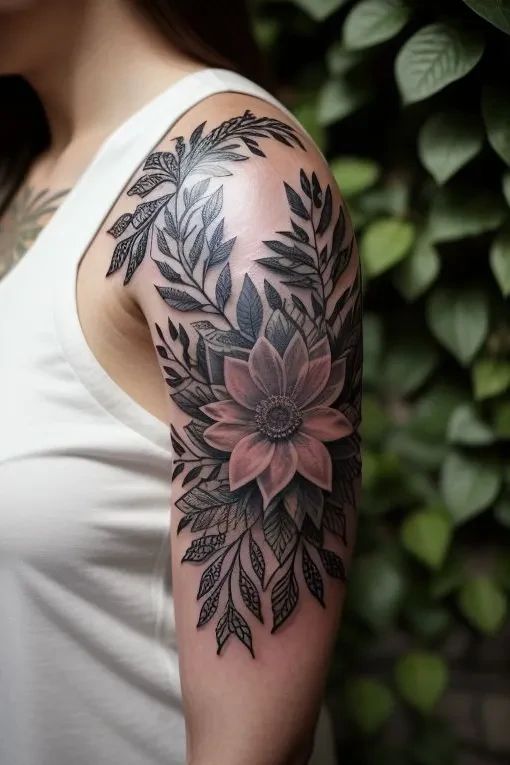
Dressing appropriately plays a pivotal role in optimize your tattoo’s healing process during workouts. Opt for loose-fitting clothing that hangs lightly on your skin, doing double duty by limiting direct contact with gym equipment and preventing added friction that may irritate your fresh tattoo. Loose clothes also allow your skin to breathe, promoting better healing. Bear in mind that your tattoo is akin to an open wound, and clothing that’s too tight could lead to chafing or overstretching, which would be detrimental to the healing process.
Remeber, the gym environment can pose risks, too. The kind of clothing you wear can act as a barrier against bacteria-laden gym equipment. In this regard, incorporating products like SecondSkin into your post-tattoo workout regimen can be extremely fruitful. Designed to protect new tattoos, SecondSkin provides a barrier against friction, sweat, and muscle stretching, making your workout safer for your new tattoo.
Tip 4: Lighten the Load
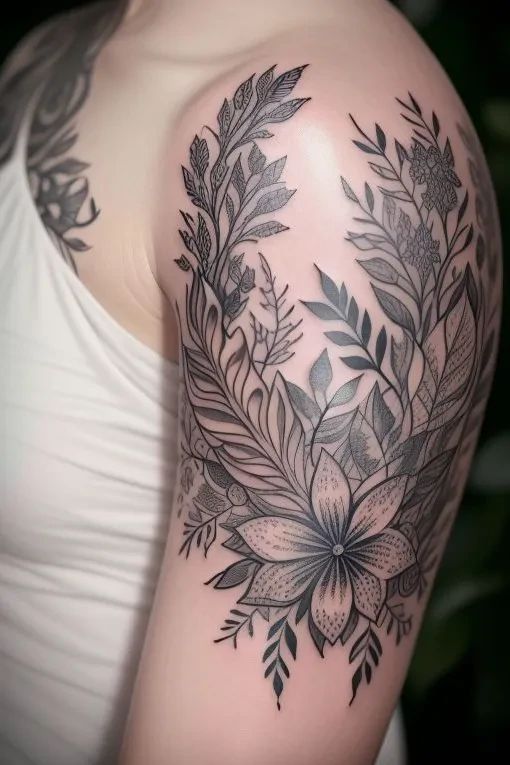
Engaging in workouts that avoid the fresh tattoo area can still lead to beneficial exercise without jeopardizing your new ink. For instance, if your tattoo is on your arm, perhaps focus on lower body exercises for a few days. Tailoring workouts this way ensures your tattoo remains undisturbed during the crucial healing period.
It is equally important to take note of your surroundings when exercising with a new tattoo. Gyms are environments prone to germs and bacteria, which can pose a risk for your tattoo if not properly cared for. Ensure you maintain a rigorous hygiene regimen after each workout session. A clean tattoo is a happy tattoo!
Relatively low-intensity resistance training that doesn’t stress the tattooed area might also be a safe option. But remember, don’t push too hard! You’re looking to maintain fitness, not set a new personal best while your skin is still healing.
Similarly, while exercising, be mindful of your clothing choices. Garments that are loose fitting will limit direct contact with the equipment and help to minimize frictions. Friction can not only cause irritation but also contribute to premature tattoo fading.
In conclusion, the key to exercising safely with a new tattoo is balance. It’s about finding a middle ground where you can maintain your fitness but also give your new artwork the care and attention it needs to heal properly and stay looking fresh for years to come.
Tip 5: Stay Hydrated, Inside and Out

Staying hydrated ensures that your body is functioning optimally and your skin is nourished – essential factors in the healing process of a new tattoo. Remember, your skin is the largest organ of your body and water is key to its rejuvenation. Just as you drink ample water, moisturizing your tattooed area externally also takes precedence, especially after a workout.
Opt for a hypoallergenic, fragrance-free lotion or an ointment specifically designed for tattoo aftercare – gentle on your skin, yet effective. Dry tattooed skin is susceptible to itching and flaking, which could hinder the healing process and even affect your tattoo’s final appearance. It’s wise to moisturize your tattoo a few times a day and definitely after cleansing post-workout. However, avoid soaking – a light layer of moisturizer is sufficient. Remember, moderation is key because over saturating the skin can cause ink rejection or even an infection.
So, hydrate smartly. Keep your body fluids balanced, and maintain the exterior moisture of your skin, particularly your tattoo, which requires both internal hydration and external moisturization for optimal healing.
Tip 6: Avoid Submerging

When you’re planning to hit the pool or spend some time soaking in a tub, it’s vitally important to remember your new tattoo. As per recommendations from most tattoo artists, diving into a swimming pool or submerging your carefully inked design in water is a strict non-starter for at least two weeks post tattooing. But why is this the case?
Well, your new tattoo, as stunning and vibrant as it is, is essentially an open wound. Soaking it in water, especially in heavily chlorinated pools or potentially bacteria-infested natural bodies of water, invites unwanted risks. The water can saturate your tattoo, causing the ink to possibly fade or blur. Additionally, exposure to water can increase the likelihood of bacterial contamination, jeopardizing your tattoo’s health and subsequent healing process. Therefore, to safeguard your new tattoo’s vibrancy and longevity, it’s best to keep the pool parties and long luxurious baths on a standstill, at least for a couple of weeks. Let your tattoo breathe, heal, and in due time it’ll be ready to make a splash!
Tip 7: Listen to Your Body

Consider it a rule of thumb that listening to your body is key when working out with a new tattoo. Not only can discomfort and sensitivity signal that a region of your body needs rest, it can also serve as an alert to potential complications. It’s essential to strike a balance between your fitness goals and the health of your tattoo. Overdoing it may hinder the healing process and jeopardize the quality of your tattoo. So, whether you’re lifting weights, doing cardio, or practicing yoga, always tune in to your body’s signals. If any exercise causes discomfort around your tattoo, it’s definitely wise to take it easy or modify the exercise.
Tip 8: Shield from the Sun

Avoiding direct sunlight is absolutely essential when caring for a fresh tattoo. Notorious for its capacity to fade ink, the sun can be a formidable adversary to your new piece of body art, particularly during the healing phase. Most tattoo artists agree that shielding your new tattoo from the sun’s harsh rays for at least the first four weeks is imperative.
If your exercise routine involves outdoor activities, consider making some temporary adjustments. You could shift your workout schedule to the early morning or late evening when the sun is not at its peak, or look for shaded exercise spots. Remember, it’s not just sufficient to avoid high noon; even on cloudy days, ultraviolet light can reach your skin.
If exercising indoors is not an option, protect your new tattoo by wearing loose, light, breathable clothing. This helps cover your tattoo and minimises opportunities for sun exposure. However, be cautious not to let the fabric rub against the fresh tattoo as this could cause irritation or interfere with healing. In essence, think about balancing protection from the sun with prevention of tattoo friction.
While it might feel cumbersome to take these extra precautions at first, protecting your new tattoo from the sun during workouts will pay off in the long run. Your tattoo will heal better and retain its vibrant colors longer, letting you flaunt your bold statement to the world with pride and confidence.
Tip 9: Recognize Signs of Infection

Having a new tattoo doesn’t mean you have to give up working out completely – but it does mean you’ll have to exercise a little extra caution. Notably, you should be vigilant in looking for signs of infection. If your tattooed skin becomes excessively red or swollen, develops a rash, or secretes pus or a foul odor, these could be telltale signs of an infection.
Equally alarming would be any unusual discomfort or pain in the affected area. Infections can also cause fever or chills, so any sudden changes in your body temperature should be noted too. It’s paramount to remember that every body is different; your personal experiences and healing process may vary, hence why paying close attention to any abnormalities is key.
If you notice any of these signs, it’s crucial to seek immediate medical attention — waiting for it to “magically disappear” could lead to more severe health complications. Always remember that your health should be your priority. Your workout can wait, but treating a suspected infection can’t.
Tip 10: Follow Your Tattoo Artist’s Advice
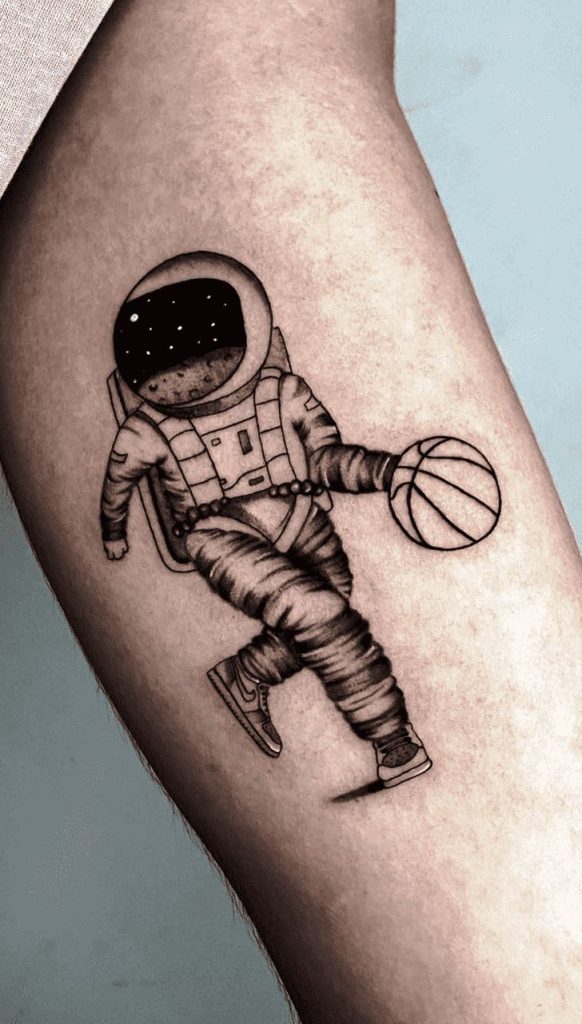
Adherence to your tattoo artist’s aftercare instructions is of paramount importance, as they comprehend the idiosyncrasies of your skin and tattoo. They’ll point you in the right direction, prescribe suitable products, and help you understand how your new tattoo should ideally respond during healing. This adherence isn’t just a suggestion, it’s essential to preserve the integrity of your tattoo and avoid unnecessary complications.
Every product recommended by your artist has a purpose. It might be to keep the tattoo moisturized, protect it from infections, or enhance skin recovery. Straying from these recommendations might seem harmless, but in reality, it could jeopardize your tattoo’s healing process and long-term appearance. Thinking you know better or gambling with untested alternatives is not worth the risk.
Additionally, establishing a regular follow-up routine with your artist is highly recommended. While the healing stages – the inflammatory phase, proliferative phase, and maturation phase – are universal, their manifestation varies among individuals. Timely consultations will allow your artist to observe your tattoo’s healing, making adjustments to your aftercare protocol if needed while alleviating any worries you might have. Remember, the post-tattoo process is teamwork between you and your artist.
Conclusion
You don’t have to sacrifice your fitness goals due to a new tattoo. With some mindful adjustments, you can maintain your workout schedule without harming the fresh ink.
Regardless of the exercise, always prioritize care for your tattoo. Staying hydrated, wearing breathable clothing, and making use of a SecondSkin can help protect and heal your artwork in a healthier manner.
Low-impact exercises like walking and cycling happen to be your safest bets while caring for your new tattoo. These activities maintain your active routine without causing excessive sweat or strain on the healing area.
As every body varies in healing, it’s crucial to stay vigilant to changes regarding your tattoo and skin. Don’t hold back consulting your dermatologist if something feels amiss.
In summary, by pacing yourself and following your tattoo artist’s directives, you can ensure the well-being of your new tattoo alongside your fitness routine. Your health and your new artwork are valuable, so treasure them both!
Frequently asked questions
How long should I wait to exercise after getting a new tattoo?
Ideally, you should aim to wait a minimum of 48 hours before exercising after getting a new tattoo. This waiting period allows your skin some crucial downtime to initiate the healing process. However, this period may extend to a few weeks, especially if your tattoo is larger or more intricate.
How do I know if my workout is negatively affecting my tattoo’s healing process?
Your workout could be negatively affecting your tattoo’s healing process if you notice increased redness, swelling or pain around the tattoo after exercising. Additionally, if the tattoo begins to ooze or seep, or if scabs come off prematurely, it’s a sign you might be pushing too hard. Most importantly, if the vibrancy of the ink appears dimmed or blurred post-workout, it’s a clear sign your fitness routine is interfering with the healing process.
How can I protect my new tattoo from sun damage while exercising outdoors?
You can protect your new tattoo from sun damage during outdoor workouts by applying a tattoo-specific sunscreen, which helps to defend against harmful UV rays. Avoid direct sunlight exposure on your fresh ink and consider timing your outdoor workouts for early morning or late evening when the sun’s rays are less direct. Utilizing fitness gear with built-in UV protection is also a clever move. Above all, remember that shielding your newly minted body art from excessive sun exposure is critical for the healing process and maintaining its vibrant color long-term.
What are the signs of an infected tattoo after working out?
Signs of an infected tattoo after working out may include excessive redness or swelling around the tattoo, tenderness, a rash, pus or unusual discharge, a fever, or a foul smell coming from the tattoo. These symptoms can indicate that bacteria has entered the tattooed skin and caused an infection. If you observe these signs, it’s crucial to seek medical advice promptly.

